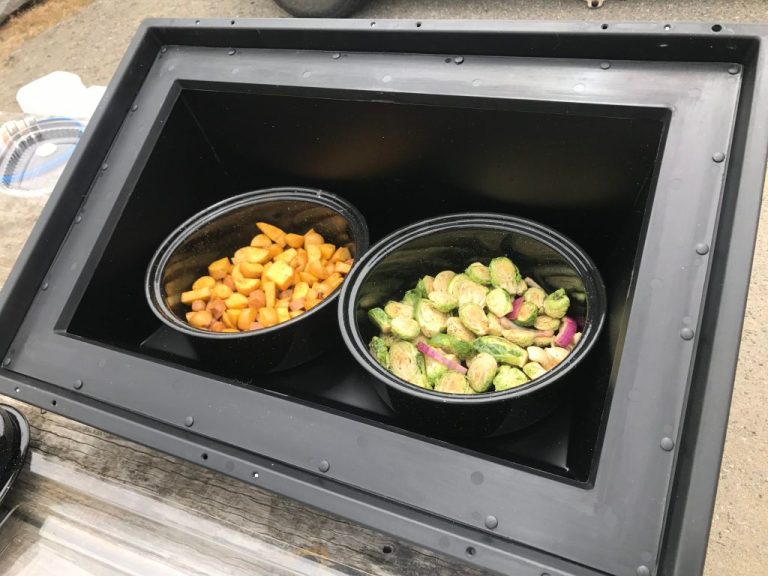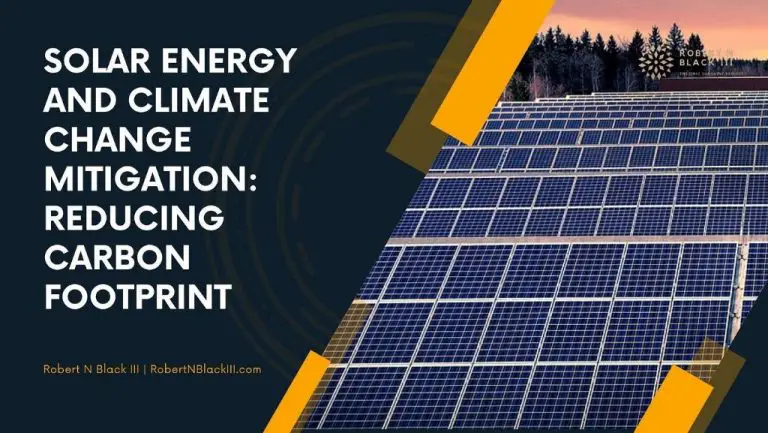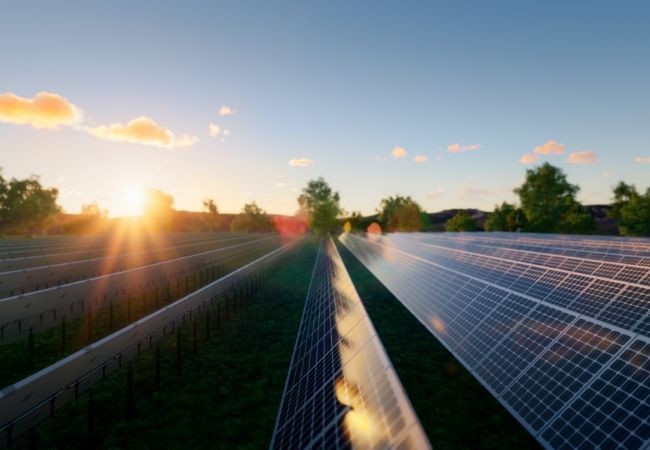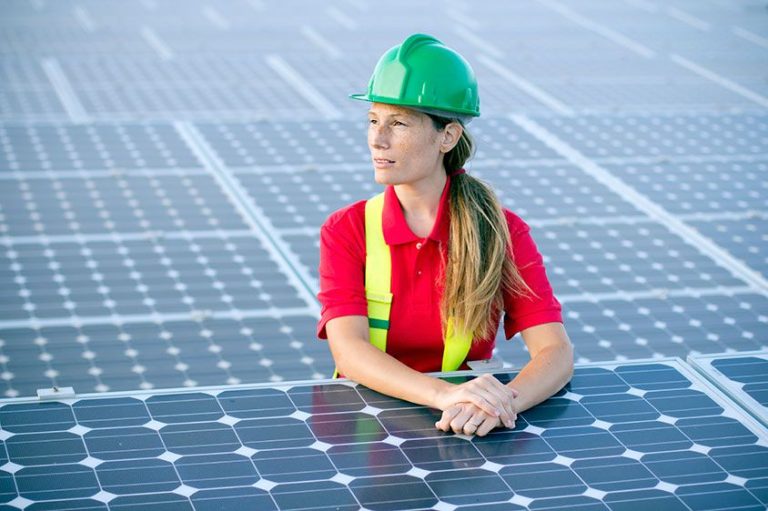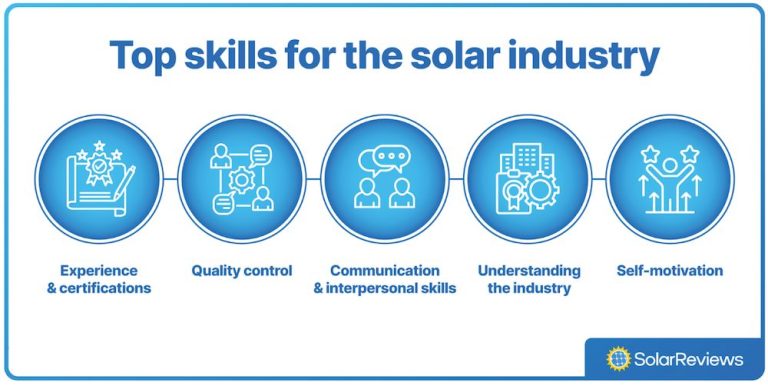Are Solar Panels Waterproof?
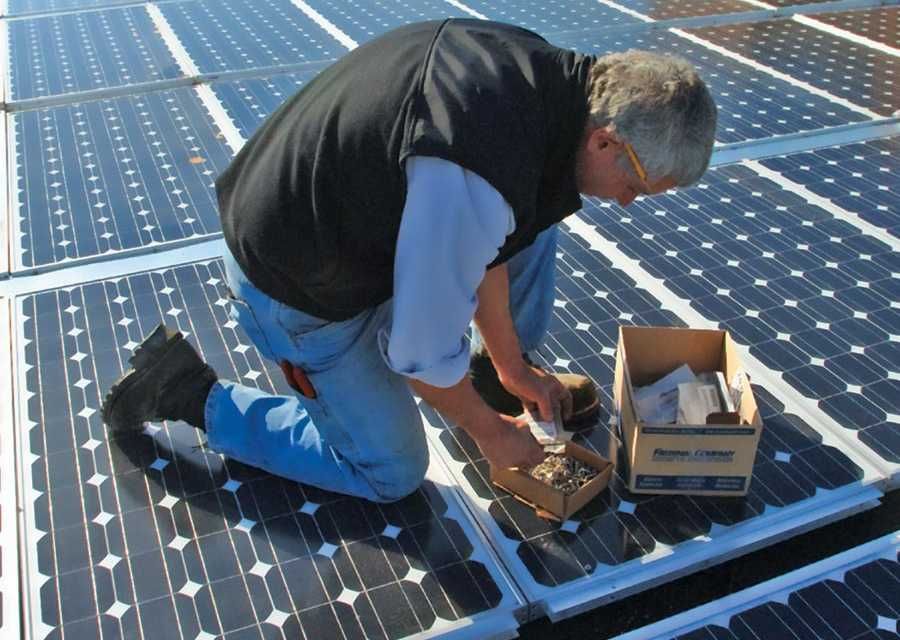
With the increasing adoption of solar panels for renewable energy generation, an important consideration for many homeowners is whether solar panels can withstand exposure to rain and other forms of precipitation. Knowing if solar panels are waterproof is crucial when determining if they are suitable for installation in certain climates or roof types. Water damage can degrade the performance and lifespan of solar panels, so understanding their water resistance helps inform proper installation methods, positioning, and maintenance routines. Additionally, waterproofing has implications for manufacturer warranties, insurance claims, and return on investment. This article provides a comprehensive overview of solar panel waterproofing to help homeowners make informed decisions about installing a solar photovoltaic system.
Solar Panel Construction
Solar panels are typically constructed from glass, aluminum frames, silicon cells, and other components. The glass forms the front of the solar panel, providing protection for the delicate silicon cells underneath while still allowing sunlight to pass through. According to Solar Optimum, the most common type of glass used is low iron tempered glass, which is durable and maximizes light transmittance.
The aluminum frame provides structural rigidity and surrounds the outside edges of the solar panel. Aluminum is lightweight, resistant to corrosion, and conducts heat well. As noted by Otalum, aluminum’s durability and versatility make it an ideal material for solar panel frames.
At the core of the solar panel are the silicon photovoltaic cells, which convert sunlight into electricity. These cells are carefully wired together and laminated between the glass top and a polymer backing sheet. The silicon material can be monocrystalline, polycrystalline, or thin film depending on the manufacturing process.
Other components like junction boxes, connectors, and inverters are also part of a completed solar panel system but not considered part of the solar panel construction itself. Overall, the combination of glass, aluminum, silicon cells, and polymers form a durable exterior shell to protect the inner workings of a solar panel.
Waterproofing Methods
Solar panels are designed to be weatherproof and waterproof using various methods. The key components that need protection are the solar cells and the internal wiring and electronics.
The glass surfaces of solar panels are waterproof thanks to a hydrophobic coating that causes water to bead up and run off the surface rather than pooling or soaking in. This prevents water from obstructing light from reaching the solar cells underneath.
The edges and backing of the solar panel are sealed against moisture ingress. Panels have weatherproof junction boxes on the back where connections are made. These junction boxes are sealed and prevent water from getting in.
Solar panel manufacturers use industrial adhesives and sealants such as silicone and thermal plastics like EVA (ethylene-vinyl acetate) to laminate the solar cells between layers of protective materials. The lamination creates a waterproof barrier around the cells.1
Many solar panels also have drain holes that allow any moisture that condenses inside or seeps in around the edges to drain out before causing any damage.
Overall, reputable solar panel makers subject their products to rigorous quality testing and use robust, redundant waterproofing methods to ensure the panels can withstand outdoor exposure over decades.
IP Ratings
IP ratings indicate the level of protection electrical equipment has against the intrusion of water and solid objects. They are published by the International Electrotechnical Commission (IEC) and consist of two digits – the first represents protection against solids, the second against liquids. Solar panels are usually built to meet standards like IP65 or IP67.
IP65 means the equipment is “dust tight” and protected against low pressure water jets. Solar panels with IP65 rating can withstand rain, snow, and external cleaning with a hose. However, IP65 does not protect against submersion in water.
IP67 offers a higher level of protection, indicating the equipment is dust tight and can withstand immersion in 1 meter of water for 30 minutes [1]. Many solar panels achieve an IP67 rating, meaning they can get wet but should not be left fully submerged. Even brief submersion may cause issues over time.
Overall, most solar panels only need an IP65 rating for normal outdoor use. But an IP67 rating provides a higher safety margin in wet environments or applications where temporary submersion is possible, like marine settings.
Solar panels are subject to various waterproofness tests to check if they meet specific standards. The most common standards manufacturers test against include the IEC 61730 and UL 1703 standards for photovoltaic modules.
The IEC 61730 standard requires solar panels to undergo humidity-freeze, damp heat, and hose-down tests. In the humidity-freeze test, the panels are placed in a chamber with 85% relative humidity and rapidly cycled between -40°C and +85°C. The damp heat test exposes the panels to 85°C and 85% humidity for 1000 hours. The hose-down test simulates rain by spraying the panels with water at a rate of 100 liters per minute from a distance of 3 meters for 5 minutes.
The UL 1703 standard includes similar requirements. Panels must pass a rain test where water is sprayed at a rate of 50mm/hr for 48 hours. They also undergo a humidity freeze test with 10 cycles of 85% humidity at 60°C followed by -40°C conditions.
By passing these rigorous certification tests, manufacturers can demonstrate their solar panels are waterproof and able to withstand outdoor exposure over long periods of time.
Testing and Certification
Effects of Water Exposure
Water can cause significant damage if it penetrates inside a solar panel. Most solar panels are designed to be watertight, with strong seals around the edges and junction box to prevent moisture ingress. However, over time seals can degrade, allowing water to enter the panel (source).
If water gets inside the panel, it can cause corrosion of the internal components like wires and soldered connections. This can result in degradation of power output or even complete failure. The water can also cause electrical shorts, sparking, and potential fire hazards. Insulation on wires may break down when wet, leading to current leakage or shock risks (source).
Moisture inside the panel provides the ideal environment for corrosion and mold growth. It also allows dirt and mineral deposits to accumulate more easily on the glass, reducing light transmission. Therefore, it is critical to avoid water ingress and immediately address any leaks or moisture buildup inside solar panels.
Real-World Performance
Solar panels are designed to withstand normal weather conditions, including rain, snow, and humidity (Sarmah, 2023). Most solar panels have no issue performing in wet environments as long as proper precautions are taken.
For example, one study tested solar panels in a humid tropical climate and found only a 3% power reduction on rainy days compared to sunny days (Del Pero et al., 2021). The panels still generated over 90% of their rated power output even in heavy rain. Another analysis of a 300kW rooftop solar system saw only a 15% drop in energy generation on the rainiest days.
As long as solar panels are installed at an optimal angle for water runoff, rain and snow do not significantly hamper performance. Proper maintenance to remove debris buildup can further minimize any wet weather effects. Modern solar panel materials and protective glass coatings ensure excellent real-world operation in all but the most severe storms.
Maintenance and Inspection
Solar panels require periodic inspection and maintenance to ensure proper waterproofing performance over their lifetime. Manufacturers typically recommend inspecting panels at least twice per year, such as before and after the rainy season 1. Key inspection points related to waterproofing include checking for:
- Cracks, punctures or other physical damage to panel glazing
- Debris buildup, which can lead to water pooling and leaks
- Corrosion and rust on frames, racking or mounting hardware
- Discoloration or delamination of backsheets or encapsulant materials
Panels should be gently cleaned with water and a soft brush or cloth to remove dirt and debris, taking care not to use anything abrasive that could scratch the glazing 2. Any identified damage or leaks should be addressed via repair or replacement. Keeping panels clean and well-maintained preserves waterproofing and prevents moisture ingress that could cause internal electrical failures.
Manufacturer Warranties
Most solar panel manufacturers provide warranty coverage for their products, typically lasting 10-12 years for the panel itself and 25 years for performance levels (minimum power output). While manufacturer warranties do not expressly cover water damage, some damage from moisture exposure may fall under defects in materials and workmanship that are covered.
For example, Energysage notes that warranty coverage may apply if water seeps through a panel’s backing and causes internal corrosion or electrical shorts. However, physical damage from impacts or external corrosion would not be covered.
Manufacturers like Panasonic offer premium 25-year product warranties that offer more comprehensive coverage for defects, but water damage claims would still need to show a manufacturing or material defect was responsible.
When submitting a claim for water damage, homeowners should be prepared to show the damage was not caused by external factors like weather events, poor installation, or improper maintenance. Following best practices for panel care can help ensure warranty coverage remains intact.
Conclusion
In summary, solar panels are designed to be waterproof and withstand exposure to the elements. Manufacturers utilize protective materials, seals, and IP ratings to ensure solar panels can operate in rain, snow, and other wet conditions. While complete waterproofing allows solar panels to function through storms, ongoing inspection and maintenance is still recommended. If water manages to enter and damage solar cells, it can degrade performance over time. Ensuring proper drainage and cleaning helps maintain power output. With their resilient construction and protective ratings, solar panels can harness the sun’s energy rain or shine. Proper waterproofing gives homeowners confidence their investment in solar power will provide returns for decades to come.

